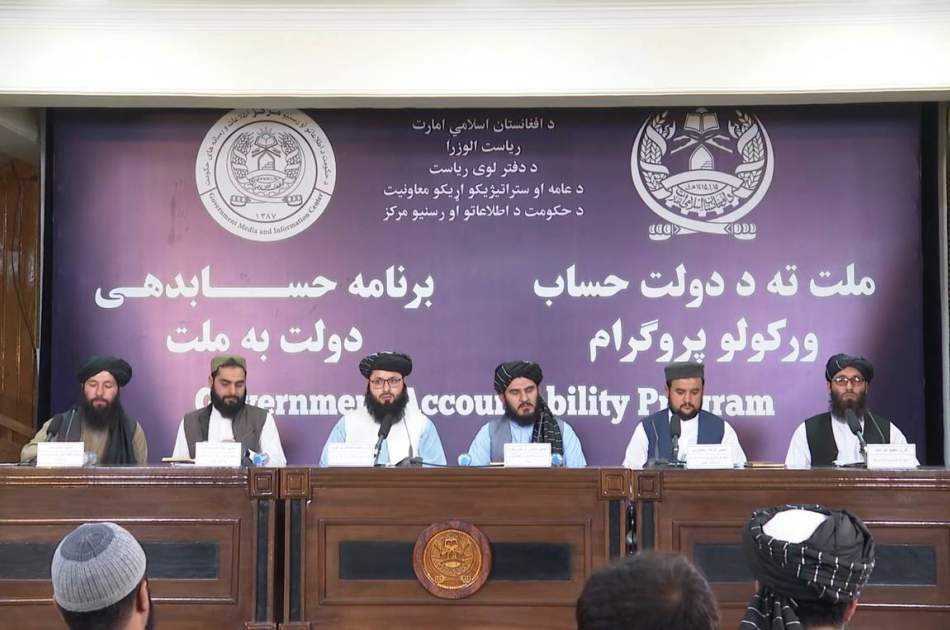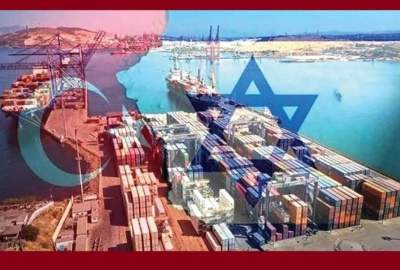Following the increasing crisis of drinking water shortage in Kabul, officials in the Ministry of Energy and Water say that the design work of the water transfer project from the Panjshir Sea to Kabul province has been completed and this project will soon be put out to tender.
Publish dateThursday 17 August 2023 - 14:27
Story Code : 275032
Afghan Voice Agency (AVA) - Kabul: Continuing the process of reporting the government to the nation, the officials of the Ministry of Energy and Water, on Thursday (August 17, 2023), present at the government information and media center, shared with the media and the public the work of the ministry for the last one year.
Engineer Rafiullah Stanakzai, head of water programs of the ministry, said in a press conference held for this purpose that the drinking water shortage crisis in Kabul is the result of the irresponsibility of the previous government and their commercialization of water.
Stankari added that the previous government had provided the country's drinking water to mineral water production companies, watermelon farms and other businesses that play a role in water consumption.
He said that now the Ministry of Energy and Water has given mineral water production companies and cucumber farms until the end of the year to leave the capital and go to other provinces.
Stanakzai also said that the design work of the drinking water transfer project from Panjshir province to the center has been completed and soon this project will be put out to tender.
This is while the northern and northwestern parts of Kabul city are currently facing severe water shortage.
The plan to transfer water from the Panjshir Sea to Kabul was designed in 2012 and when the water shortage crisis in Kabul increased, and in the 2020 budget of the previous government of Afghanistan, about five million dollars have been considered for the annual transfer of 100 million cubic meters of water from the Panjshir Sea to Kabul.
Stanekzai also pointed to the water cycle in car washes and said that this system has already been implemented in a large number of car washes.
In the continuation of his speech, he stated that the Ministry of Energy and Water has about 1411 water management programs in hand this year, which includes the construction of a hundred large, medium and small water dams, as well as the construction of canals, dams, fortifications of the Amu Sea and its preservation and care.
Based on Stanekzai's statements; With the implementation of these projects, which are considered in a balanced way in the provinces, the underground water resources of the country will also be fed. In addition, more than one million hectares of agricultural land are irrigated and 3,900 megawatts of electricity are produced.
But he said that these projects need 10.2 billion Afghanis of funds, of which the Ministry of Finance has allocated 3.7 billion Afghanis for this ministry.
Engineer Farhad Mahmoudi, head of energy programs of the ministry, also said that the Ministry of Energy and Water has signed seven memorandums of understanding with Chinese, Russian, Iranian and Turkish companies on the production of electricity from domestic sources, some of which will soon be converted into contracts.
Among these projects are the increase in electricity production from Sarubi Dam, 246 megawatts of electricity from Bagh Dara, 200 megawatts of wind power generation in Herat province, ten megawatts of solar power generation in Kabul, and electricity supply to Nuristan province.
Mahmoudi also stated that Afghanistan has abundant sources of electricity production, its water resources are able to produce 23 thousand megawatts of electricity, and 222 thousand megawatts of electricity are produced from its solar resources.
He pointed out that for self-sufficiency in electricity production and its export; The Ministry of Energy and Water needs a budget of 3.2 billion dollars.
Based on Mahmoudi's statements; currently, 70% of Afghanistan's electricity is imported, and the government focuses on producing electricity from domestic sources.
Engineer Rafiullah Stanakzai, head of water programs of the ministry, said in a press conference held for this purpose that the drinking water shortage crisis in Kabul is the result of the irresponsibility of the previous government and their commercialization of water.
Stankari added that the previous government had provided the country's drinking water to mineral water production companies, watermelon farms and other businesses that play a role in water consumption.
He said that now the Ministry of Energy and Water has given mineral water production companies and cucumber farms until the end of the year to leave the capital and go to other provinces.
Stanakzai also said that the design work of the drinking water transfer project from Panjshir province to the center has been completed and soon this project will be put out to tender.
This is while the northern and northwestern parts of Kabul city are currently facing severe water shortage.
The plan to transfer water from the Panjshir Sea to Kabul was designed in 2012 and when the water shortage crisis in Kabul increased, and in the 2020 budget of the previous government of Afghanistan, about five million dollars have been considered for the annual transfer of 100 million cubic meters of water from the Panjshir Sea to Kabul.
Stanekzai also pointed to the water cycle in car washes and said that this system has already been implemented in a large number of car washes.
In the continuation of his speech, he stated that the Ministry of Energy and Water has about 1411 water management programs in hand this year, which includes the construction of a hundred large, medium and small water dams, as well as the construction of canals, dams, fortifications of the Amu Sea and its preservation and care.
Based on Stanekzai's statements; With the implementation of these projects, which are considered in a balanced way in the provinces, the underground water resources of the country will also be fed. In addition, more than one million hectares of agricultural land are irrigated and 3,900 megawatts of electricity are produced.
But he said that these projects need 10.2 billion Afghanis of funds, of which the Ministry of Finance has allocated 3.7 billion Afghanis for this ministry.
Engineer Farhad Mahmoudi, head of energy programs of the ministry, also said that the Ministry of Energy and Water has signed seven memorandums of understanding with Chinese, Russian, Iranian and Turkish companies on the production of electricity from domestic sources, some of which will soon be converted into contracts.
Among these projects are the increase in electricity production from Sarubi Dam, 246 megawatts of electricity from Bagh Dara, 200 megawatts of wind power generation in Herat province, ten megawatts of solar power generation in Kabul, and electricity supply to Nuristan province.
Mahmoudi also stated that Afghanistan has abundant sources of electricity production, its water resources are able to produce 23 thousand megawatts of electricity, and 222 thousand megawatts of electricity are produced from its solar resources.
He pointed out that for self-sufficiency in electricity production and its export; The Ministry of Energy and Water needs a budget of 3.2 billion dollars.
Based on Mahmoudi's statements; currently, 70% of Afghanistan's electricity is imported, and the government focuses on producing electricity from domestic sources.
avapress.net/vdcipwarrt1ayu2.ilct.html
Tags
Top hits







